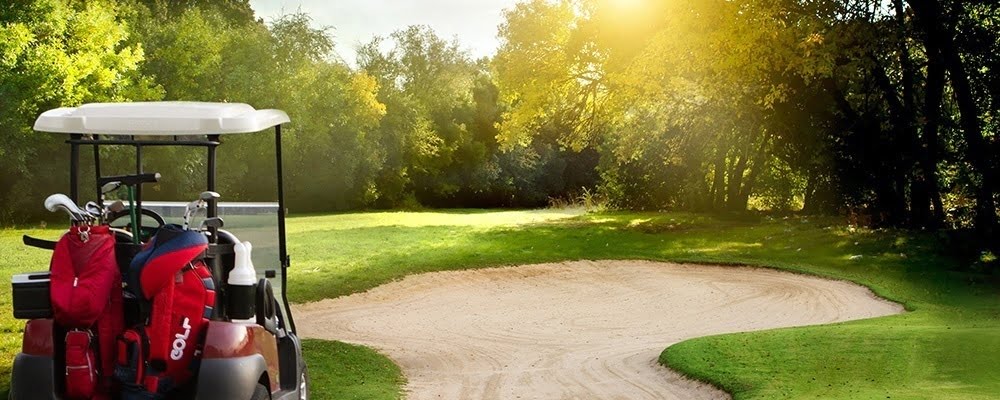Two sections of St. James Plantation, The Members Club and The Reserve Club, were denied the ability to claim charitable contribution deductions for their conservation easements by the IRS.
St. James Plantation is a gated community with a staffed guardhouse on each of the three roads into and out of the development. Located within the community are two 18-hole golf courses, The Members Club and The Reserve Club, along with a nine-hole course called the Cate 9.
In 2003, a conservation easement was created around the community’s Cate 9 course in cooperation with the North American Land Trust (NALT). At the time the easement was created, the deed identified two conservation purposes covered under section 170 of the Internal Revenue Code—that the easements had a relatively natural habitat for endangered or protected species, and that they contributed to nearby conservation areas.
Relatively Natural Habitat
In the easement deeds, the golf course was given permission to use easement land to maintain the course in specific ways. These included:
- Using insecticides and fertilizer to maintain the greens,
- Cutting down trees 30 feet into the easement to build shelters and restrooms, and
- Creating a paved road for golf carts to traverse the easement.
By providing for a 30-foot perimeter wherein the club could remove the trees, a significant amount of the trees in the easement fall into this area. If alterations on the property were completed within the terms of the deed, there would be no habitat left to conserve. Even if the property was not altered, the pine tree the easement is designed to protect is not being cared for in a way that maintains a natural habitat. In this case, the pine tree must have controlled burns of the undergrowth in order to have the nutrients it needs to thrive. The golf course does not have plans for maintaining the undergrowth this way.
While laws allow for the creation of manmade ponds and streams to simulate a natural habitat for wildlife, St. James Plantation failed to create a pond bank wide enough for wildlife to access the water. To compound problems, the use of insecticides, herbicides, and fertilizers have compromised the ponds’ abilities to maintain fish and amphibian life in them. The lack of food, shelter, and access to water for wildlife eliminated the ability of the courses to designate the easements as “natural habitats.” This, in turn, meant that they could not contribute to nearby conservation areas.
Preserving Open Space
The last area the easements could have qualified for section 170 was if the courses preserved open space for the “scenic enjoyment of the general public.” In order to access any of the golf courses, a visitor must be a member of St. James Plantation or an invited guest of a member. The general public can drive onto St. James Plantation, but have to pass through one of three guarded gate houses to do so. Since the guards had no criteria for allowing the general public into the area, there was no reason to believe that the general public could access the easements let alone enjoy them.
What This Judgment Means
The judgment stopped short of saying that golf courses are inherently against conservation purposes as described in section 170. In this case, the easements did not have a relatively natural habitat, nor did they contribute to a conservation area nearby, making it unnecessary to make such a broad ruling. However, as more charitable contribution and expense deductions come under scrutiny, it is reasonable to believe that a judge will eventually determine whether golf courses are naturally incongruent with conservation easements.
Ultimately, if a course is to use section 170, it needs to ensure that all of the qualifications for conservation are met. This may mean courses have to alter their future plans for development, or the treatment of their greens in certain areas to preserve natural water habitats.




